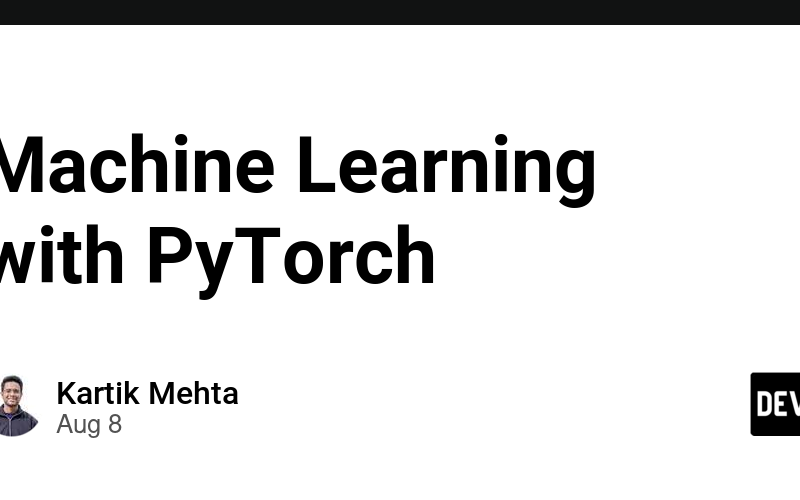Introduction:
Machine learning is a rapidly growing field that has revolutionized various industries and has become an essential tool for data analysis and prediction. PyTorch is an open-source machine learning library based on the Torch library, which is primarily used for deep learning applications. It provides a flexible and efficient platform for building and training neural networks. In this article, we will discuss the advantages and disadvantages of using PyTorch for machine learning.
Advantages:
-
Easy to Use: PyTorch provides an intuitive and straightforward interface, making it easy for developers to learn and use. Its syntax is similar to Python, which makes it easy to integrate with other Python libraries.
-
Dynamic Computation Graphs: PyTorch uses a dynamic computation graph, where graphs are created and adjusted on the go, making it more flexible than other libraries.
-
Excellent Community Support: PyTorch has a vast community of developers who regularly contribute to its development and offer support to its users through forums, tutorials, and online resources.
Disadvantages:
-
Small Model Capabilities: Compared to other frameworks, PyTorch has limited capabilities for handling large datasets and complex models, which can cause performance issues.
-
Limited Deployment Options: PyTorch is primarily used for research and prototyping, providing limited deployment options, unlike other frameworks that are more suitable for production systems.
Features:
-
Dynamic Building of Neural Networks: PyTorch uses a dynamic computational graph, which allows developers to change the network architecture on the go, making it more flexible for research and experimentation.
-
Distributed Training: PyTorch provides distributed training capabilities, allowing developers to use multiple GPUs and machines to train their models efficiently.
-
TorchVision and TorchText: PyTorch has pre-built libraries, TorchVision and TorchText, which provide standard datasets and pre-trained models for computer vision and natural language processing tasks, making it easier to get started.
Conclusion:
In conclusion, PyTorch is a powerful and efficient library for machine learning applications, which provides a user-friendly interface and a dynamic computational graph for flexible model building. It has its advantages, such as easy to use and excellent community support, but also has its limitations, including small model capabilities and limited deployment options. Nonetheless, PyTorch continues to evolve and improve, making it a popular choice among developers for building cutting-edge machine learning models.
Source link
lol

